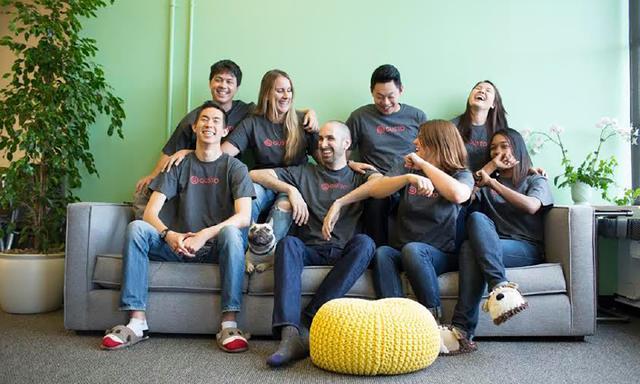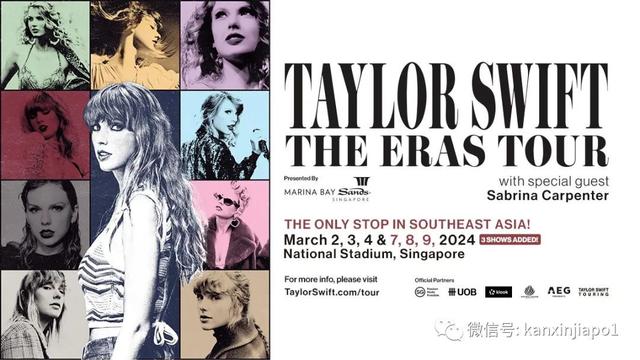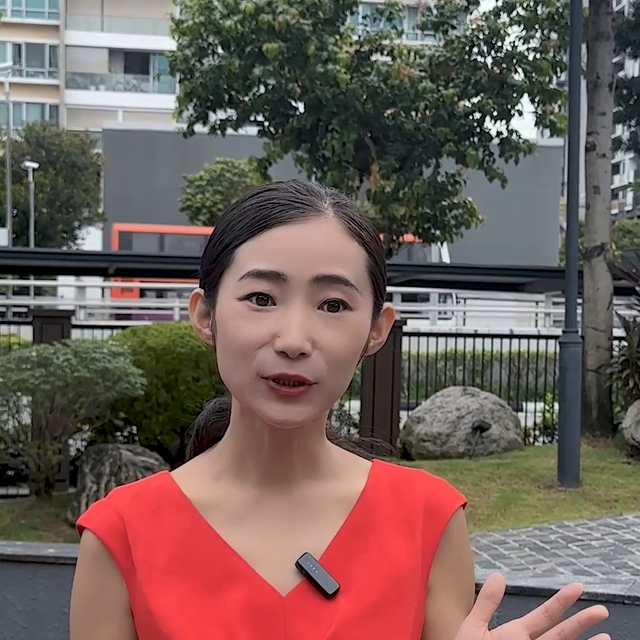2018.6.28经济学人官译:单据磨人
Technology and international trade
Pulp friction
The digitisation of trade’s long trail of documents has been talked about for years. At last things are shifting
技术与国际贸易
单据磨人
大量贸易单据的数字化问题已是老生常谈,现在终于有了进展

THE enormous ships steaming into and out of the world’s ports do not only carry cargo. They also represent paperwork: bills of lading (BOLs), packing lists, letters of credit, insurance policies, orders, invoices, sanitary certificates, certificates of origin. Maersk, the world’s biggest container-shipping line, found that a shipment of avocados from Mombasa to Rotterdam in 2014 entailed more than 200 communications involving 30 parties. A giant container vessel may be associated with hundreds of thousands of documents. “A Venetian merchant…would recognise some of our documentation,” says John Laurens, head of global transaction services at DBS, a Singaporean bank.进出世界各个港口的巨轮不仅装载着货物,还伴随着一系列文书单据:提单(BOL)、装箱单、信用证、保险单、订单、发票、卫生检疫证书、原产地证书。世界最大的集装箱航运公司马士基(Maersk)发现,2014年从蒙巴萨运送一批牛油果到鹿特丹,要与30多个相关方进行200多次沟通。一艘巨型集装箱船可能牵涉数十万份文件。“我们的一些单据也许连从前的威尼斯商人都认得出。” 新加坡星展银行的全球交易服务总监约翰·劳伦斯(John Laurens)说。
According to the World Economic Forum, the costs of processing trade documents are as much as a fifth of those of shifting goods. Removing administrative blockages in supply chains could do more to boost international trade than eliminating tariffs. Full digitisation of trade paperwork, reckons the UN, could raise Asia-Pacific countries’ exports by $257bn a year.据世界经济论坛的数据,处理贸易单据占了货运成本的五分之一。扫除供应链中的行政阻滞比消除关税更能提振国际贸易。联合国估计,如果贸易单据完全数字化,亚太国家的出口每年可增加2570亿美元。
After years of talk about digitisation, such a shift may at last be taking place. Banks, insurers, shippers, their corporate customers and governments, abetted by technology companies, are combining forces to digitise the paper trail. Lots of projects are under way, building platforms which the various actors can use. Several are based on the blockchain, or distributed-ledger technology. 经过多年讨论,这样的转变可能终于要实现了。在科技公司的推波助澜下,银行、保险公司、航运公司、企业客户及政府正在合力推动贸易单据的数字化。许多项目已在进行中,目标是建造可供各方使用的平台。其中一些基于区块链,即分布式分类账技术。
Using blockchain means that everyone with access to a ledger—for that consignment of avocados, say—sees the same, up-to-date version of the truth. Flows of goods, information and money are thus aligned. The ledger would contain the purchase order, certification that the fruit came from Kenya, its eligibility for a concessionary European tariff, an updated record of its physical condition, phytosanitary certificates, the BoL and so on. An embedded “smart contract” could trigger payment, in full or in part, once certain conditions were met. All sorts of details could be included, says Tyler Mulvihill of Viant, a blockchain startup, such as the provenance of fish or drugs, or a mining firm’s environmental credentials. 运用区块链意味着能访问某一分类账(例如上文提到的那批牛油果的运货)的各方看到的会是相同版本的、最新的真实状况。货物流、信息流和资金流完全匹配。该分类账将包含采购订单、水果产自肯尼亚以及享受欧洲优惠关税资格的证明、货物物理状态的最新记录、植物检疫证书、提单,等等。只要满足特定条件,内嵌的“智能合约”就会启动全额或部分付款。区块链创业公司Viant的泰勒·马尔维希尔(Tyler Mulvihill)表示,各种详细信息都可以被包含在内,例如鱼或药物的原产地,或者是矿业公司的环保合格证书。
In January Maersk and IBM, a computing giant, unveiled a blockchain-based joint venture aimed at digitising the supply chain from end to end. Big companies, ports and the American and Dutch customs authorities have carried out trial projects. The platform will be open to all (and run independently of Maersk): the hope is that logistics firms, financial companies and other shippers will join.今年1月,马士基和计算巨头IBM联手成立了一个区块链合资企业,旨在实现供应链端到端的数字化。各大企业、港口、美国及荷兰的海关都已推出试验项目。该平台将对所有人开放(其运营独立于马士基之外),希望能吸引物流公司、金融机构及其他航运公司加入。
TradeIX, a fintech startup, R3, another blockchain firm, and several banks are testing another open platform, Marco Polo. Last year eight European banks and IBM unveiled we.trade, a trade-finance conduit for small and medium enterprises. They expect to deploy it in the second quarter of 2018. In March Evergreen, a big Taiwanese container line, teamed up with Bolero, a provider of electronic BoLs. Bolero and essDOCS, its rival, have offered electronic BoLs for several years, but have made limited headway. Similarly, electronic letters of credit have been available for some time, but have not been widely used.金融科技创业公司TradeIX、另一家区块链技术公司R3以及几家银行正在测试另一个开放平台马可波罗(Marco Polo)。去年,八家欧洲银行和IBM宣布联手打造中小型企业贸易融资平台we.trade,期望在2018年第二季度推出。3月,台湾大型集装箱航运公司长荣海运宣布与电子提单系统供应商Bolero合作。Bolero和竞争对手essDOCS提供电子提单服务已有好几年,但进展不大。同样,电子信用证面世也已有一段时日,但尚未得到广泛使用。
Go-ahead governments are also encouraging digitisation. Singapore is building a National Trade Platform (not based on blockchain), involving banks, shippers and technology firms. It will bring “the whole trade ecosystem onto a single platform”, says Satvinder Singh of International Enterprise Singapore. Hong Kong is creating a trade-finance blockchain platform. In November the two Asian trading hubs said they would create a cross-border platform, the Global Trade Connectivity Network, which is due to go live next year.一些开拓进取的政府也鼓励数字化转型。新加坡正在打造一个国家贸易平台(National Trade Platform,并非基于区块链技术),连结银行、航运企业及科技公司。新加坡国际企业发展局(International Enterprise Singapore)官员萨德星(Satvinder Singh)表示,此举将把“整个贸易生态系统引到一个平台上”。香港则在创建一个贸易融资区块链平台。去年11月,这两大亚洲贸易中心表示将建立一个名为环球贸易联系网(Global Trade Connectivity Network)的跨境平台,预定于明年上线。
Part of the gain from digitisation lies in cutting costs. Banks employ armies of people in back offices, looking for discrepancies that may betoken fraud or honest error. Digitisation should also free the flow of finance to firms starved of it, partly by helping banks’ compliance with anti-money-laundering rules. The Asian Development Bank has put the gap between available trade finance and demand at $1.5trn.数字化的好处之一是降低成本。银行要雇用大量人员在后台核查单据,寻找那些或因欺诈或因失误而导致的不一致之处。数字化有助于银行的反洗钱合规操作,这在一定程度上能让资金短缺的公司更易获得融资。据亚洲开发银行估计,目前贸易融资缺口为1.5万亿美元。
Thomas Olsen of Bain & Company, a firm of consultants, thinks that digitisation could also slow the trend away from formal letters of credit, which now account for about 15% of trade finance, down from half in 1970. “Open account” trade, in which exporters send goods to importers and trust that their invoices will be paid, now accounts for the bulk. That is fine for big corporations and companies familiar with one another; less so for SMEs. “There would be more risk mitigation if it weren’t such a pain,” Mr Olsen says.贝恩咨询公司的托马斯·奥尔森(Thomas Olsen)认为,数字化还可以减缓正式信用证使用减少的趋势。信用证融资在1970年时占到贸易融资的一半,现在只占15%。如今,“开放账户”贸易成为了主流,出口商直接向进口商发货,相信对方会按发票支付货款。这对大企业和彼此熟悉的公司来说是可行的,对中小企业来说挑战则更大。“要不是流程那么复杂,信用证其实更能缓释风险。”奥尔森说。
Paper wait
制度障碍
Institutional obstacles to digitisation loom larger than technical ones. For instance, a UN convention adopted in 2008 extends the recognition of electronic documents. But to come into force it must be ratified by 20 countries. Only four have: Cameroon, Congo, Spain and Togo. Upgraded industry standards are essential. The International Chamber of Commerce, a standard-setter for trade since 1919, established a group last June to co-ordinate work on trade finance. A new initiative based in Singapore, Digital Standards for Trade, may also help push things along.在数字化问题上,制度上的障碍比技术上的障碍更大。例如,联合国在2008年通过了一项公约,推动对电子单据的认可,但要生效必须得到20个国家的批准。目前只有四个国家签署:喀麦隆、刚果、西班牙、多哥。提升行业标准很关键。成立于1919年的世界贸易标准制定组织国际商会(International Chamber of Commerce)在去年6月成立了一个小组,负责统筹贸易融资工作。在新加坡发起的贸易数字标准(Digital Standards for Trade)也可能有助于推动事态发展。
Bain’s Mr Olsen thinks the co-ordination problem will not stop progress. “It’s a misconception that a lot of people have to leap at the same time,” he says. He expects competing blockchain initiatives to develop piecemeal. Some platforms will become utilities; some will specialise; some will fade. Paperwork will not vanish. But at a difficult time for traders, one burden should become a lot lighter.贝恩的奥尔森认为,协调上的问题不会阻遏进展。他说:“人们有个误解,以为这需要大家齐步跳跃。”他认为,未来会有众多区块链项目出现,互相竞争,各自发展。有些平台会变成公用事业公司,有些会专门化,有些则会消失。单据文件并不会消失。但在贸易商处境艰难之时,有一项负担应该会大大减轻。






















评论